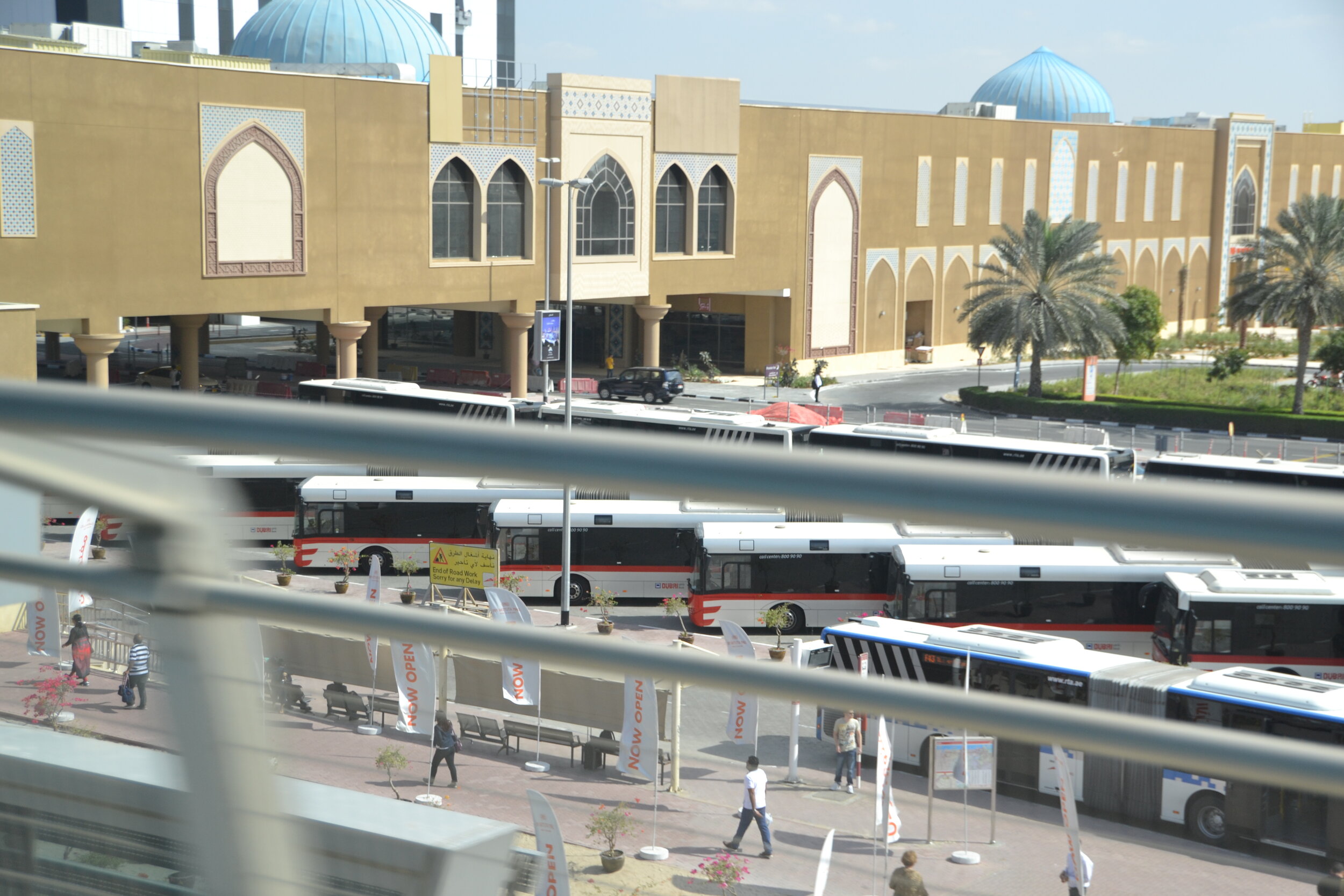Identify as Interdisciplinary producer – ‘the creative’ is a myth – romanticized
W, Benjamin – author as producer -consume/produce – important to produce
-
discourse, here, of there & from here.
Cultural production as a form of belonging – investing
Marxist as form of control - Orientalism - colonial idea
-
Genre theory – rhetoric in ancient Greece, drama prose etc
Becomes more elaborate & representative of social, political, economic structures
Genre theory the director recedes – its about the mood, type of story etc.
Aspects of affect – genre creates mood. Affects emotion
Film, books, food – agreed upon set of variables need in understanding genre.
Looking at genre as layers- relevant to life in GCC: horror of being an immigrant, psychological thriller, veneers of genres laterally, social relationships – fantastical, shared cultural understanding/ assumptions
Use genre to create a lens to see place – use to speak back to outsider – inside to outside
Disinterested gaze – are you allowed to be disengaged?
Enclaves- marina, jlt, malls – malls as public space –
The bridge linking the metro to the mall... no need to step outside, no need to breathe the hot air, so hot it feels like your lungs are burning. building the habit of staying inside, when its cooler, no need to step in to the chilly wind.
-
Flâneur – a man who saunters around observing society.
Flânuse – female flânuer - Women’s bodies in context of loafing, can women loaf? Or a changed body – how things are read.
‘the keen-eyed stroller who chronicles the minutiae of city life’ – The guardian, Lauren Elkin, July 2016
Hybrid of Flânuer – to encompass driving – speed, wrapped up in genres, class – grammar of dialogue between master planner and constructors. Using the metro...
Authors of city are not natives
Walking is a class ‘thing’
Is it intentionally hybrid – municipality memory, pedestrian areas, DXB, AD, SHJ – remaining places of congregation
Intimacy not relating to emotional – affected
How people know cities – Michel De Certeu – how to inhabit the walking
The ‘peopling’ of the city is how to know the city –
Urbanism – intersections / meeting points
Each city has a different affect
Layers of city are displaced – moved through the areas – each area has its own genre –
Simultaneous genres – where the sidewalk ends the genre ends – difficult to walk from one to another – the legal act of walking – divided city – penetration only possible with vehicle
Intimacy allows for dwelling, - phenomenology – does the city allow for intimacy because of the lack of dwelling?
-
Could it be seen as diminutive to utilize collective and simple genres to categorize and classify elements or themes of life, which is usually deemed as complex? Is it that we find it complex as individuals but as a collective life is generic? We’re birthed, grow, reproduce, and die; in between we have a collection of experiences in an order that is somewhat common. To classify it in to broad, subversive genres is dualistic in action: collating and rejecting information, group and ungroup persons and the removal of individualism of persons while delving in to the minutiae of an individuals’ story.
To recollect the so-called ‘untold stories’ of the impermanent residents here, is a genre that has been explored by anthropologists, biasedly by the media, and favorably by the government; or the heavily curated and contrasting accounts of the socialites and ‘influencers’ of social media. These genres of narrative manipulate and play to the existing desires of mass consumers of media. Increasingly issues in and of physical space are highlighted in a virtual space via a network society, the sense of reality becoming divertissement, the tuning in to the genres of others lives to tune out our own.
-
Heredity genres
Genres dictating how work is read
Expat – being ‘from here’ but not ‘of here’
Space in common – the male
Struggle in geography – disconnect
consumption of space per person
-
Genre as superstructure over the city –
Being conscious that our position is never fixed and can change
Many different positions – partial posterity
-
Performance of identity – genre of literature on identity politics becoming a genre
-
Marxist theory of control through genre – is the 'city' constructed in a fashion to create control – provide choices and then struck within them – used a s control
Censorship a- bypassing –
Moving through space that isn’t designed to be moved through
The inviting pristine grass on the untouchable intersection
Multicultural poly-amory
City a story – genre becomes productive – woody Allen feel
Genre allows for calibrated sense of expression
Read it backwards –
Pick a genre, such as rom com, horror , then make a film about labour or race
Genre as capitalist market – working against the niche markets
Self hood as genre - A system of beliefs, suspension of belief - Looming cloud of authenticity – if we remove genre – there is not something else? - If there is a state/time from which genre can be removed – impossible?
Establishing a genre from a ‘test’ one
-
Genre is constructed and fluid – genre or subgenre
Conceptualize genre as forces or gathering
Semiotics – semantics
classifications
effectives
to create, interpretation and culture larger and feeds into genre
being aware of own genre –
genre as metaphor – expressing what is not expressible, ghost stories – if souls exist, do they maintain closure because of repatriation, why are there few gulf ghost stories
accessing uneasy topics
-
is trauma resisted here? Everything is asking you to be happy.
not for citation or circulation





































